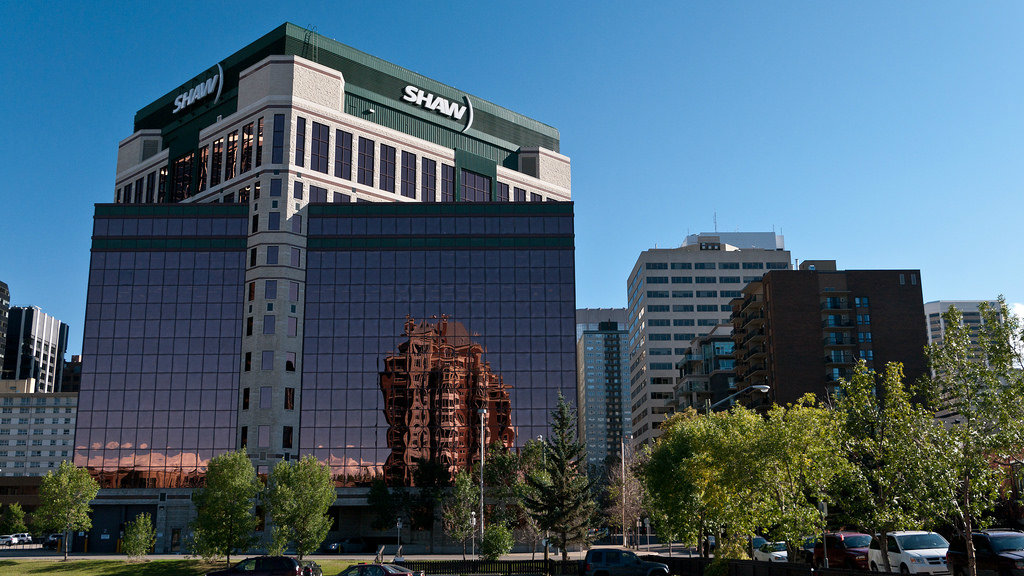If you’re a close follower of financial media, then you’ve probably come across multiple bearish articles that seek to warn investors about the inverted yield curve, a disturbingly accurate recession predictor that tracks the spread between the short and long-term (10 year) Treasury yields.
The inverted yield curve has predicted the last seven recessions, and if you’re a gambler, the occurrence of a recession by the conclusion of 2020 may seem a good bet to make if the yield curve does, in fact, flip on its head at some point over the next few quarters.
Today, the yield curve is flattening and an inversion is looking imminent. All it’s going to take is a few more rate hikes from Fed chair Jerome Powell before both the yield curve and the markets turn upside down, so with that in mind, does it still make sense to be a buyer of stocks?
Before you offload all your stocks and head for the exits, you should know that not even the “accurate” yield curve is a fool-proof recession predictor even though many doomsdayers may tout it to scare investors to the sidelines.
The yield curve is flattening. Therefore it’s going to invert, and a recession and crash will ensue isn’t a thesis that you should buy. It’s an overly simplistic way of thinking — and it doesn’t tell the whole story.
According to historical data, a recession kicks in approximately one year after the yield curve inverts. While it’s true that the yield curve is getting pretty flat (this has spooked some people), the fact of the matter is it hasn’t actually inverted quite yet, so that timer ’til the death of the bull market hasn’t started ticking.
Moreover, given Trump’s harsh criticisms of the Fed, I find it less likely that Fed chair Jerome Powell will stick with his hawkish trajectory by raising rates at a quicker pace than his predecessor. At this point, Trump is looking over Mr. Powell’s shoulder, so you have to think that Powell may be more inclined to act in a more accommodating fashion so that he doesn’t fall into Trump’s bad books.
The Fed is supposed to act independently from non-monetary policy matters, however, so if Powell continues the hikes in spite of the escalating trade war, he could theoretically invert the yield curve soon, marking the start of the countdown until the longest bull market in history ends.
Nobody knows what Powell’s going to do at this point, and if Trump’s able to influence his actions, the bull market could continue to roar for many more years to come. And if the trade war also comes to an end, the stock market could melt-up like the S&P 500 Index did to kick off 2018.
Further, a recent study conducted by BMO Capital Markets discovered that when the yield curve narrowed below 0.5% without inverting, the S&P 500 clocked in strong returns of 14.2% on average.
Talk about a fine line between ruin and riches!
While you may feel worried because the yield curve is close to inverting, I’d suggest becoming more of a skeptic instead of relying on potentially cherry-picked data from bearish analysts who’ll insist on impending doom as the markets soar.
Sure, the bull market is the oldest in history, and we’re overdue. And yes, the yield curve is flat, but that doesn’t mean it’s game over.
Foolish takeaway
Timing the markets is a horrible idea, so take economic projections with a grain of salt and stop wasting your time by looking to time your exit from the markets! One does not simply ride the bull market all the way to the peak and jump out before the pain happens. If you insist on it, the more likely scenario is that you’ll stand to miss out on huge gains.
I’d strongly urge investors to implement an “all-weather” strategy if they’re at all afraid about the state of the markets.
Stable, boring stocks like Shaw Communications Inc. (TSX:SJR.B)(NYSE:SJR) will continue paying out rich dividends (currently yielding 4.5%) when the markets finally do implode. And since it’s unlikely that a consumer will default on internet bills, Shaw’s operating cash flows will be far more resilient on average come the next plunge.
Stay hungry. Stay Foolish.









